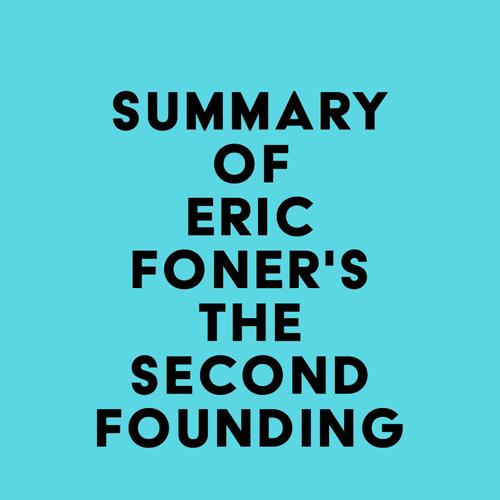Please note: This is a companion version & not the original book. Sample Book Insights:#1 The end of American slavery was a process that took decades to complete. It began at the war’s outset when slaves, eager to seize the opportunity presented by the presence of northern armies, began to seek refuge behind Union lines. The Emancipation Proclamation, issued on January 1, 1863, was the crucial step in the process.#2 Lincoln was not an abolitionist, and did not support the immediate end of slavery. He believed that the North must abide by provisions of the Constitution that protected slavery, including the Fugitive Slave Clause, lest the entire edifice fall.#3 A third method of attacking slavery is through military emancipation. During the American Revolution and the War of 1812, thousands of slaves gained their freedom by escaping to British lines. But these events did not destroy slavery, which survived and expanded in the early republic.#4 The Emancipation Proclamation was an act of military emancipation, grounded in Lincoln’s constitutional authority as commander in chief. It did not immediately end slavery, but it sounded the institution’s death knell.
